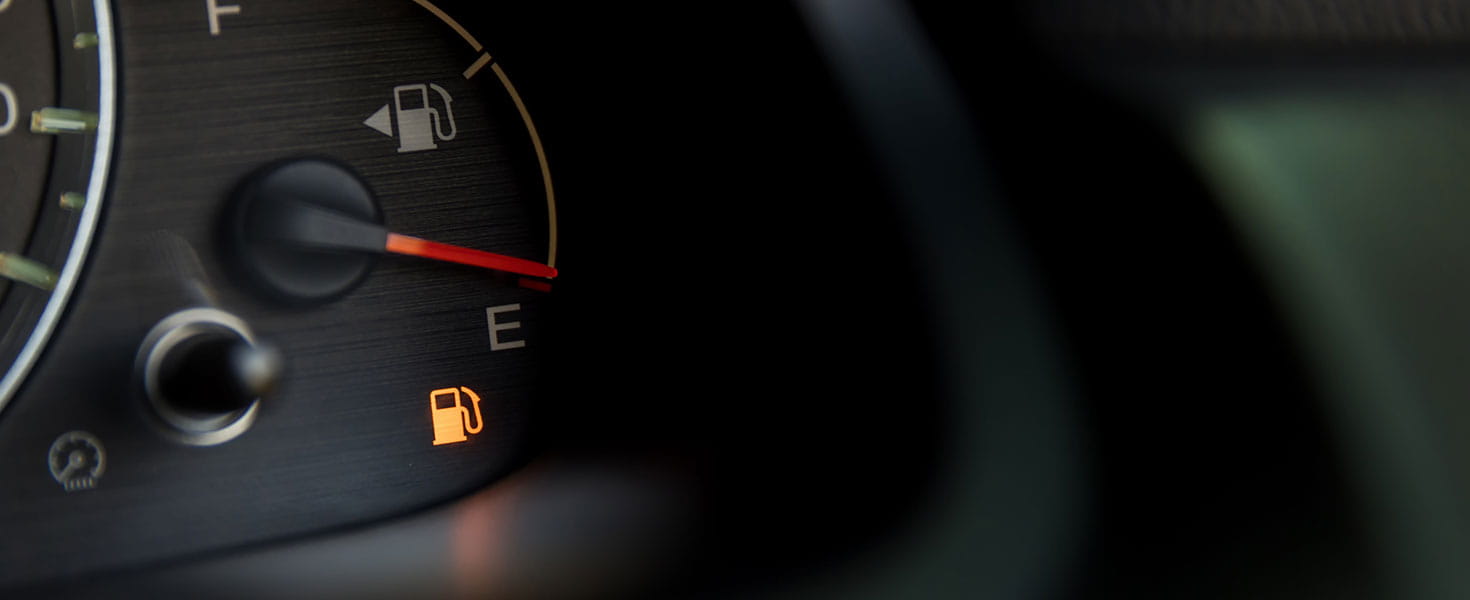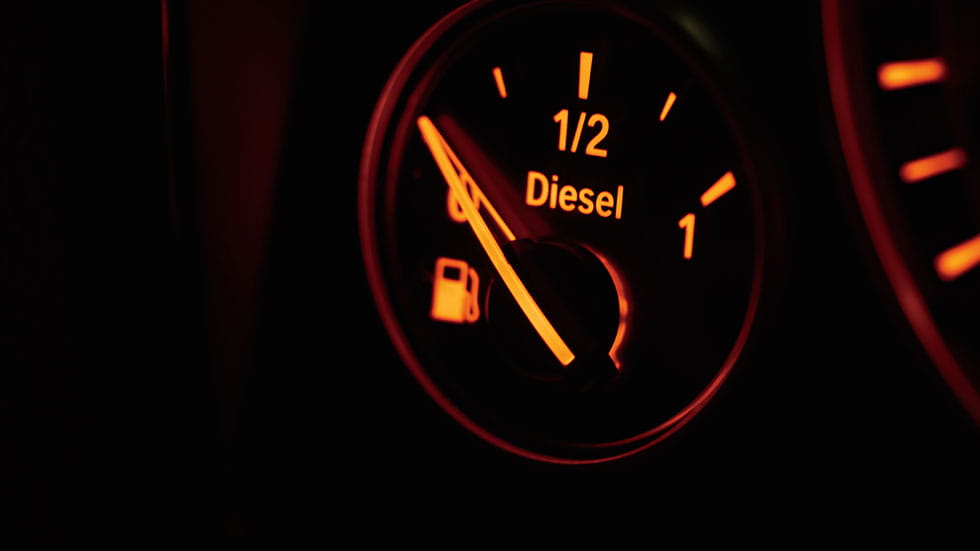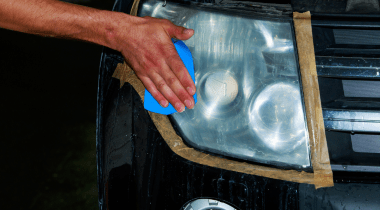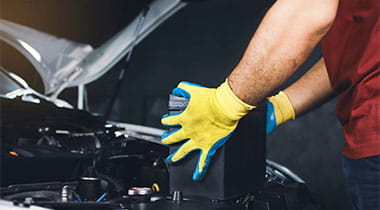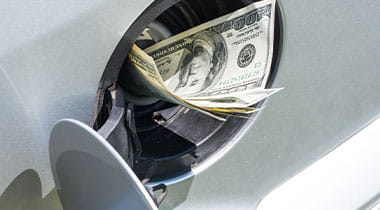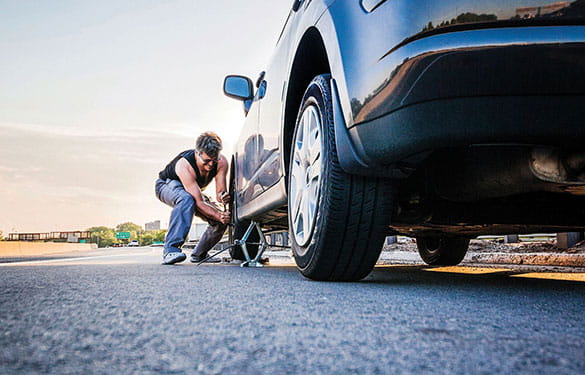There's probably not a driver on the road today who hasn't been in a situation where they pushed their fuel tank closer to empty than they'd prefer. It's when we're just "going one more exit" on a cross-country road trip because we're sure we've got enough gas left. Or, it's when the low fuel light comes on when we're in the middle of nowhere.
So, how far can you drive with the low fuel light on? A number of factors affect the answer to this common question, but it's possible to calculate when you should stop for gas.
HOW THE FUEL GAUGE IN YOUR CAR WORKS
Made standard on vehicles since 1920, the gas gauge has long helped drivers manage their fuel so they can avoid being stranded with a bone-dry gas tank.
Dashboard fuel gauges are usually controlled by a floating sensor that’s attached to an arm inside the gas tank. The system inside the tank also contains a fuel pump, which is known as the sending unit. As fuel is burned, the floating sensor begins to lower the arm, which causes the needle on your dashboard gauge to move closer to E.
Once the lever on the sending unit reaches a certain point, the low fuel light serves as a signal to let you know that you're almost out of gas. Exactly when this light comes on, and how much fuel is left in the tank is determined by the specific vehicle and its settings.
HOW MANY MILES CAN YOU DRIVE WITH THE FUEL LIGHT ON?
Factors that determine how far you can drive with the fuel light on include the make and model of the vehicle, its operational condition, road and weather conditions, and the driver's habits. For example, a poorly maintained vehicle may have mechanical issues that reduce its fuel efficiency and lower its reserve fuel buffer.
As a general rule of thumb, it's usually safe to drive 30-50 miles once the fuel light has illuminated, but in some larger vehicles, drivers can go up to 80 miles before stopping for gas.
HOW TO CALCULATE THE REMAINING MILES WHEN THE FUEL LIGHT IS ON
While plenty of modern vehicles come with “distance to empty” displays and fancy innovations that will let you know exactly how far you can drive before running out of gas, it’s possible to calculate the remaining miles on your own. Here are the steps:
1. First, check your vehicle's owner's manual to determine the fuel capacity of your tank and write it down. For the purposes of this example, we'll assume it's a 15 gallon tank and the vehicle gets 23 miles per gallon.
2. Starting at your next fill up (with your fuel tank completely full) reset your trip meter to zero or write down your odometer reading, then drive as you normally would. Pull over to fill up as soon as you see your gas light come on, taking note of your trip distance or odometer reading. In this example, we'll say the vehicle went 300 miles before its light came on. Refill your tank completely.
3. Write down how many gallons of gas it took for the pump to shut off and refill your tank. In this example, we'll say it took 13 gallons, so we know this vehicle burns 13 gallons before its fuel light comes on.
4. By dividing the number of miles recorded (300) by the number of gallons it took to refill (13), we can get a miles per gallon reading (23 miles per gallon).
5. Subtract the number of gallons it took to fill the tank (13) from the tank's total capacity (15). The 2 gallons leftover gives us the amount of gas in the tank when the low fuel light comes on.
6. Multiply the vehicle's 23 mpg by the number of gallons left in the tank when the fuel light comes on (2). The result is an approximation of how far this vehicle can be driven after the fuel light comes on before completely running out of gas (approximately 46 miles).
IS IT BAD TO DRIVE MY VEHICLE TO EMPTY?
In most instances, running out of gas is little more than an embarrassing inconvenience. However, you shouldn't make a habit of driving on a low tank. Frequently driving for extended periods of time with a small amount of fuel can suck harmful deposits or rust into the fuel filter. This, in turn, can reduce the pump's efficiency—or break it altogether—and send dirty contaminants into your engine.








